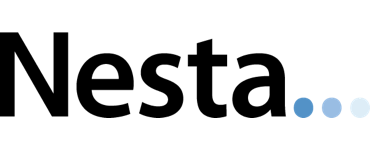Studio of Objects: Technical Setup
 In this post I briefly want to outline the technical requirements for the Paolozzi Studio of Objects project. With a requirement to “laser scan the studio” the latitude for requirements is quite wide. At Kingston we have a ScanStation 2 which is a good all round scanner (although the same specification C10 is much smaller/lighter with a touch screen interface) with a range of ~300m and up to 50,000 points-per-second (pps).
In this post I briefly want to outline the technical requirements for the Paolozzi Studio of Objects project. With a requirement to “laser scan the studio” the latitude for requirements is quite wide. At Kingston we have a ScanStation 2 which is a good all round scanner (although the same specification C10 is much smaller/lighter with a touch screen interface) with a range of ~300m and up to 50,000 points-per-second (pps).
For the studio interior we knew we wanted to over-sample to an excessive amount of detail - this would allow us to nail objectives (3) and (4) giving data redundancy in the rendering of point clouds on iOS devices, whilst also ensuring the maximum “archival” of the space itself. We therefore wanted a relatively small and fast scanner for the tight spaces. For limited time we would have in the museum space the Leica P20 seemed to fit the bill and offers scanning at up to an impressive 1M pps. After our initial test scan (more in the next post) Leica Geosystems UK kindly donated 2 days of P20 use and fielded a number of support calls!
OK, that covered the laser scanning aspect of the project, but this was in part about immersive visualisation of the studio space and for that we also need photographic imagery. The P20 integrates a 5MP camera however we wanted much better than this so went for an external solution that would could then integrate at a later stage. For those familiar with this technical setup, it involved placing the optical axis of the camera in exactly the same position as that of the laser scanner, photographing a panorama of the studio (around the nodal point of the lens) and then latterly “stitching” the photos together. We will cover the details of this workflow in a later post, but wanted to note the equipment we used here. Specifically we want a high resolution camera with excellent dynamic range - for this we chose the Nikon D810. This has an impressive 36MP sensor which has had the low pass filter removed meaning that there is more fine detail in the imagery. DxOMark testing shows it has an impressive 14+Ev dynamic range at ISO100. In all, it should offer the best imagery possible of this interior space - we also wanted to think carefully about the focal lengths and resulting output imagery, but more on this in the next post. However for the record we took Nikon 24mm f/2.8D and 16mm Fisheye f/2.8D lenses.
Next two posts will be looking at the production of the panoramic photos and the initial test scan.
Add comment
Fill out the form below to add your own comments
